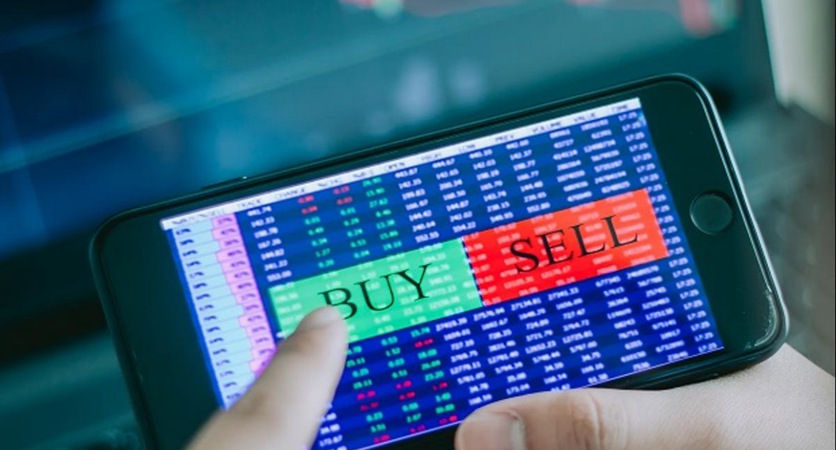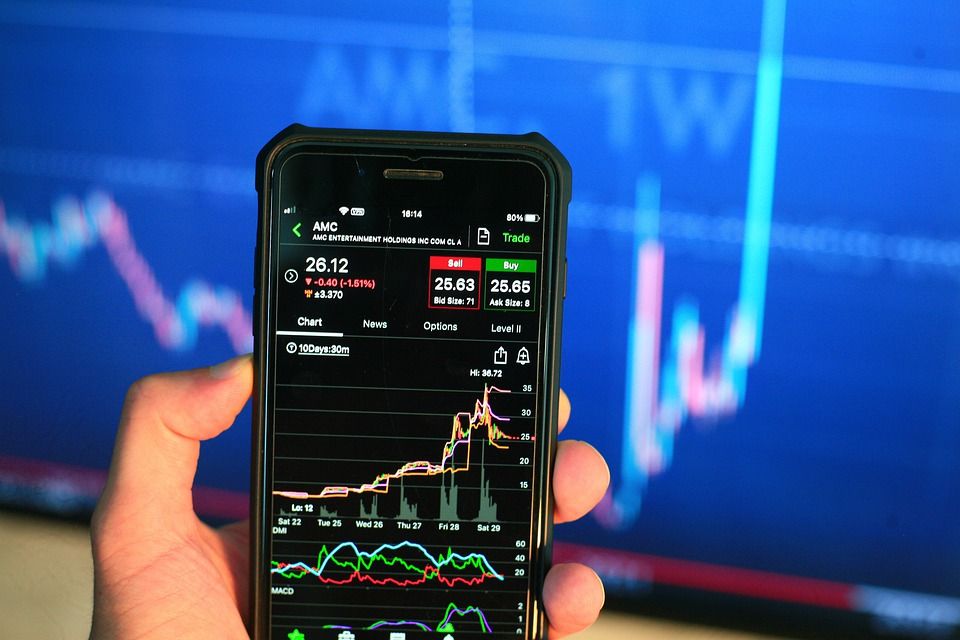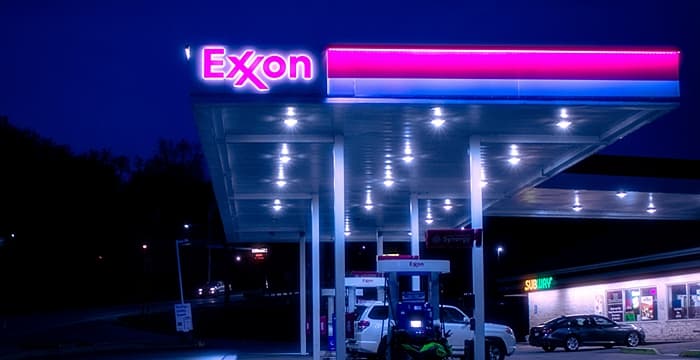Chevron Stock Price Forecast for 2023: Is CVX Stock a Buy or Sell?
Chevron stocks provide investors with exposure across the energy value chain, but the oil and gas industry is extremely cyclical. Market timing remains key to investing in oil and energy stocks.

The last year saw oil and gas stocks gain significant momentum due to rising commodity prices. As economies reopened and Russia invaded Ukraine, the demand for oil spiked, driving prices higher. For example, shares of major oil companies such as Exxon Mobil and Chevron surged by 87% and 58%, respectively, after adjusting for dividends.
But the oil and gas industry is extremely cyclical and has experienced a good amount of volatility over the years. Let’s see what investors expect from Chevron in 2023 and if Chevron Corp. (CVX) stock should be part of your portfolio right now.
Chevron Stock: Factors That Will Influence the Price
1. Cost advantage
Companies involved in the extraction of fossil fuels such as oil and natural gas will remain in demand as they are poised to benefit from a cost advantage and a robust infrastructure built over time, providing them with an advantage over clean energy or renewable energy companies.
2. Cyclical sector
However, here’s why investing in Chevron and other oil peers is also a risky proposition. As mentioned above, the cyclical nature of this sector makes energy stocks a risky bet for most investors.
The stocks gain pace when economies expand and trail the markets during periods of recession.
3. Oil Prices
The performance of these companies depends on the price of oil, which in turn is controlled by the OPEC countries and economies such as Russia and the United States, in addition to supply-demand factors. Additionally, the exploration of commodities such as oil and gas is quite unpredictable and cost-intensive. So, there is a good chance for oil exploration companies to report massive losses if capital investments don’t bear fruit.
4. Regulatory factors
Concerns over climate change and global warming have accelerated the shift towards clean energy solutions. Governments all over the world are compelling companies to decarbonize their operations and lower carbon emissions. The transition towards clean energy solutions is inevitable and poses the biggest threat to oil companies.
5. Political stability
Chevron operates in many countries around the world, and political stability can have a significant impact on the company's operations and financial performance. An unstable political environment can lead to disruptions in production and delivery, which can negatively impact the company's earnings and stock performance.
We can see why the energy sector is very risky. But there are also a few advantages of investing in energy stocks.
First, during periods of expansion, oil stocks generate market-thumping capital gains in terms of share price appreciation. They also increase dividend payouts resulting in double-digit gains. As oil prices move higher, cash flows for oil stocks increase significantly, providing them with the required financial flexibility to reinvest in capital expenditures, increase dividend distributions, and lower debt.
Chevron’s Stock Price Comparison (Source: Google Finance)
Despite the cyclicality, Chevron stock has returned 858% to shareholders in the last 30 years. After accounting for dividends, these returns are closer to 2,750%. So, an investment of $1,000 in CVX stock in early 1993 would be valued at close to $28,000 today. Comparatively, the S&P 500 index has surged 1,450% in this period.
Typically, energy stocks, including Chevron, enjoy higher dividend yields, making them attractive to income-seeking investors. For instance, Chevron stock offers investors a tasty dividend yield of 3.5% compared to the forward yield of the S&P 500, which stands at 1.5%.
What is Chevron, and what does it do?
Chevron is one of the world's largest oil and gas companies, operating in over 180 countries. The company was formed in 1984 through a merger between Chevron Corporation and Gulf Oil.
Chevron's primary business is the exploration, production, refining, and marketing of petroleum and natural gas. The company is also involved in the production of chemicals, mining, and power generation.
One of Chevron's strengths is its diverse portfolio of assets, which allows it to weather economic downturns and shifts in energy demand. Chevron has significant operations in North America, Africa, Asia Pacific, and Europe, providing exposure to a variety of markets and geopolitical risks.
In addition to its traditional energy business, Chevron is also investing in low-carbon technologies such as electric vehicle charging and renewable energy. The company is committed to reducing its greenhouse gas emissions and has set a goal to achieve net-zero emissions by 2040.
Is Chevron stock a buy, sell or hold?
An integrated energy company, Chevron provides investors with exposure across the energy value chain. Equipped with a global footprint and solid diversification, Chevron is currently valued at a market cap of $337 billion, making it one of the largest companies in the energy sector globally.
We have seen Chevron has successfully created generational wealth for long-term investors. It is a legacy company that has survived multiple downturns in the past. In fact, when several oil companies slashed, revoked, and suspended dividend payouts in mid-2020 due to the onset of the COVID-19 pandemic, Chevron’s strong business model allowed it to maintain these payments.
Armed with a healthy balance sheet, Chevron has a debt-to-equity ratio of 0.15x which is very low for a capital-intensive company. A low debt-to-equity multiple provides Chevron to increase balance sheet debt to both support dividend raises as well as expansion plans. The company’s debt-to-equity ratio stood at 0.30x in 2021, which suggests Chevron prudently used debt to tide over the slowdown experienced in 2020. Now, as interest rates have increased drastically, Chevron has lowered its debt.
A look at Chevron’s recent dividend payouts
Chevron recently announced its dividend payment. It has increased dividends by 6.3% year over year to $1.51 per share. This is the 36th consecutive year when the energy giant has increased dividends which is also the second-largest streak among oil producers. Exxon Mobil has raised dividends for 40 consecutive years. In the last ten years, Chevron has increased dividends by 6% annually.
But Chevron’s dividend hike was below investor estimates. For long-term investors, the piddly dividend increase was a major disappointment. But Chevron’s wide economic moat and integrated base of assets make CVX stock a solid bet for those with an investment horizon of a few years. In the near term, the current volatile environment will allow traders to benefit from the price swings.
Further, it also announced an increase to its share buyback program. Chevron’s board of directors authorized a buyback program worth $75 billion starting from April 2023, replacing its prior repurchase program worth $25 billion.
This authorization suggests the company will reduce the number of its outstanding shares by 20% by the end of the program. Comparatively, Exxon Mobil’s board has authorized a buyback program of $50 billion which will be completed by 2024.
Chevron will invest $17 billion in CAPEX
In addition to buybacks and dividends, Chevron will also be investing heavily to expand its base of cash-generating assets, which in turn should result in higher cash flows and further dividend hikes in 2023 and beyond.
Chevron’s CAPEX Target (Source: Company Presentation)
Chevron confirmed it would increase capital expenditures by 25% year over year to $17 billion in 2023. The capital will be used to help Chevron gain traction in the clean energy space as well as grow its legacy oil and gas business.
Chevron expects the investments will enable the company to benefit from strong organic conditions for oil companies in the medium term. It also believes investments in renewables to result in cash flow generation over time.
Chevron estimates its production to increase by 3% annually in the next five years on the back of its assets in Kazakhstan and the Permian Basin. The company’s downstream business and chemicals vertical is forecast to grow in this period as well.
Due to its business expansion, Chevron is on track to boost adjusted return on capital employed for these segments to 18%, up from the average return of 15% delivered between 2014 and 2019.
A look at Chevron stock price prediction in 2023 and beyond
According to data from TipRanks, 16 analysts track Chevron stock. The average price target for CVX stock is $193.20, with a high price forecast of $215 and a low price forecast of $161. Given its current trading price of $174.20, CVX stock is priced at a discount of 10.91% right now. After accounting for its dividends, total returns will be closer to 14.5%.
Analysts also expect the company to report earnings of $16 per share in 2023, indicating it's valued at 11x forward earnings, which is not too steep.
In case you are a short-term investor, you need to look at the technical indicators surrounding CVX stock. But for those with a long-term investing horizon, it makes sense to invest in Dividend Aristocrats such as Chevron that have stellar growth prospects and above-average dividend yields.
The final takeaway
Market timing remains key to investing in oil and energy stocks. This is pretty evident given the energy sector's performance in the last two years. Crude oil prices climbed higher between the end of 2020 and mid-2022. In fact, WTI prices gained 50% in the first half of 2021, fueling an impressive rally in this period, as the COVID-19 pandemic was brought under control and governments relaxed restrictions.
Now, in 2023, China’s reopening and the ongoing war between Russia and Ukraine are expected to keep oil prices elevated. So, investors can expect Chevron and its energy peers to keep maintaining dividend payouts that are quite sustainable.
Chevron's financial performance has been solid in recent years, with steady revenue growth and a strong balance sheet. The company has a long history of paying dividends and has increased its payout consistently, making it a top energy stock to buy in 2023.
Start your first trade
Register a demo account for free and level up your trading skills. At the same time, enjoy a sum of $50,000 virtual money to practice and formulate your best strategies before switching to a live account.
 Forex 丨 Gold 丨 Shares 丨Commidities丨MoreStrictly regulated0 commission, low spreadsDaily Forex Signals with analysisNegative Balance Protection
Forex 丨 Gold 丨 Shares 丨Commidities丨MoreStrictly regulated0 commission, low spreadsDaily Forex Signals with analysisNegative Balance Protection
* The content presented above, whether from a third party or not, is considered as general advice only. This article should not be construed as containing investment advice, investment recommendations, an offer of or solicitation for any transactions in financial instruments.
- Original
- Trading Analysis
Risk Warning: Trading may result in the loss of your entire capital. Trading OTC derivatives may not be suitable for everyone. Please consider our legal disclosure documents before using our services and ensure that you understand the risks involved. You do not own or have any interest in the underlying assets.





.png)

.jpg)
